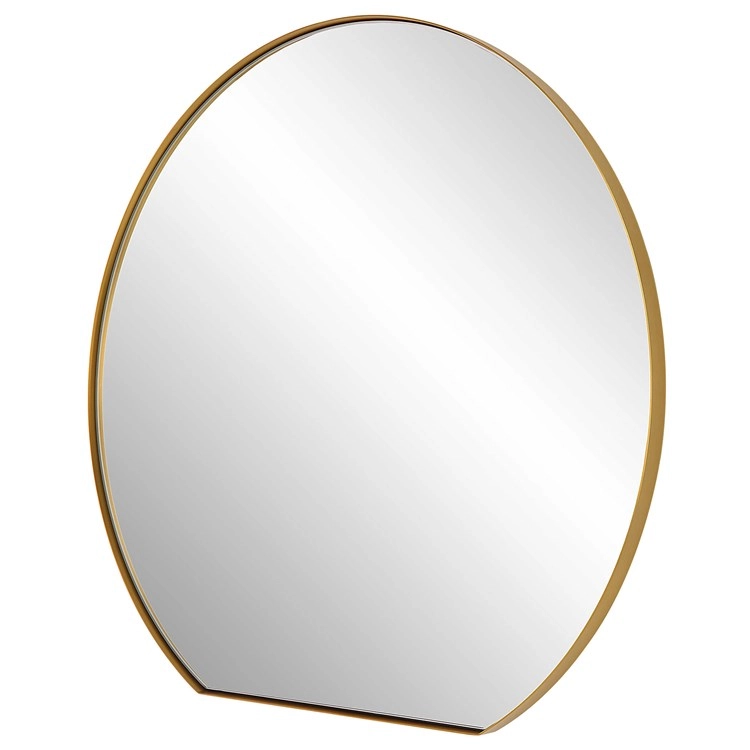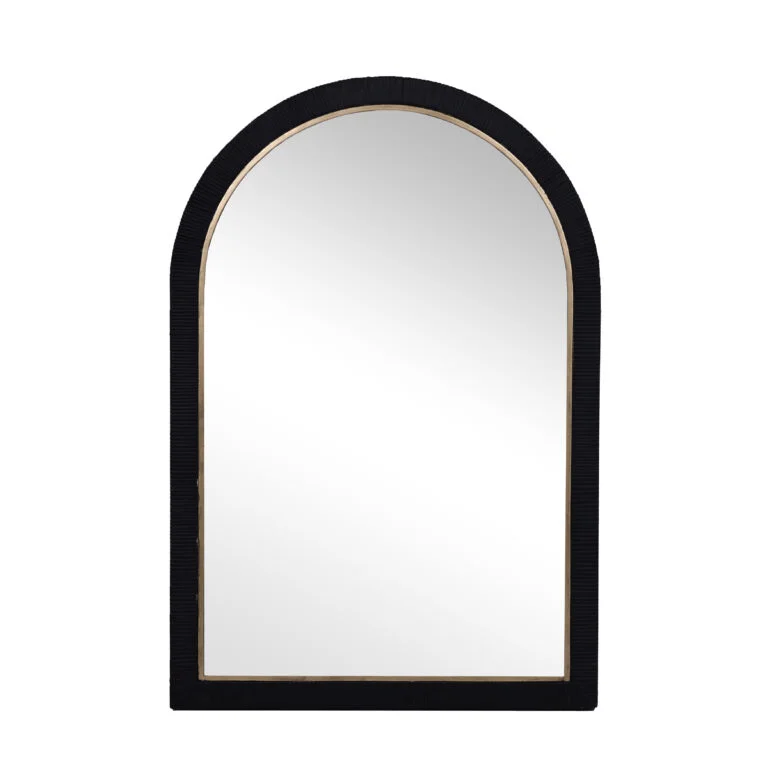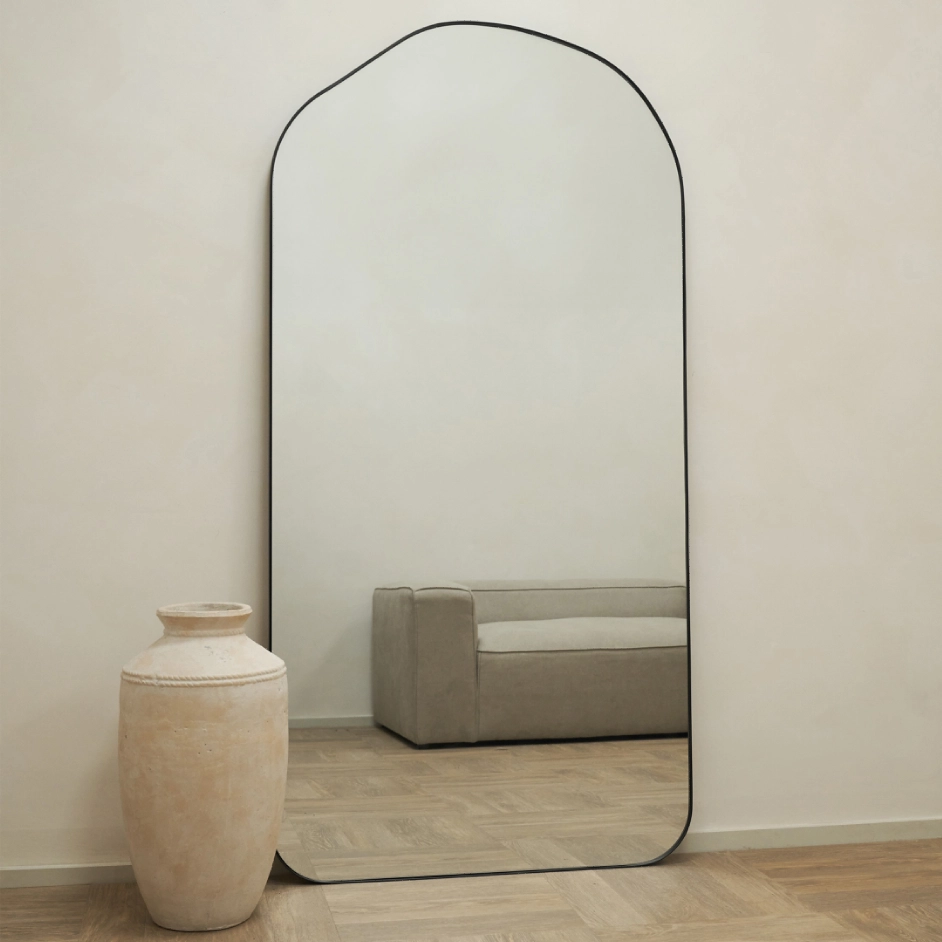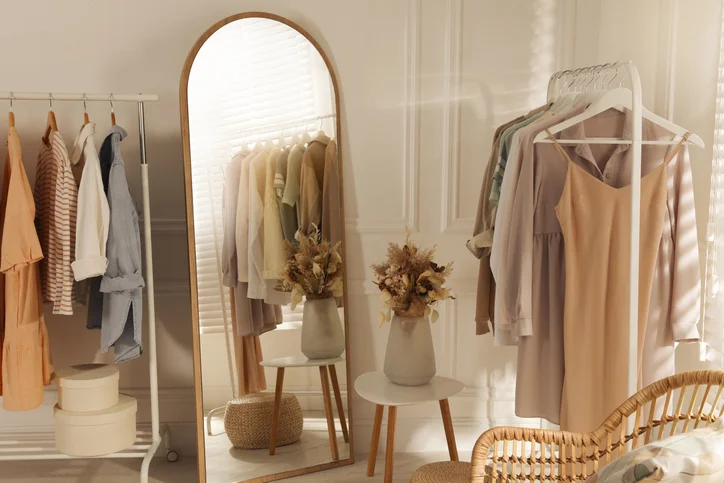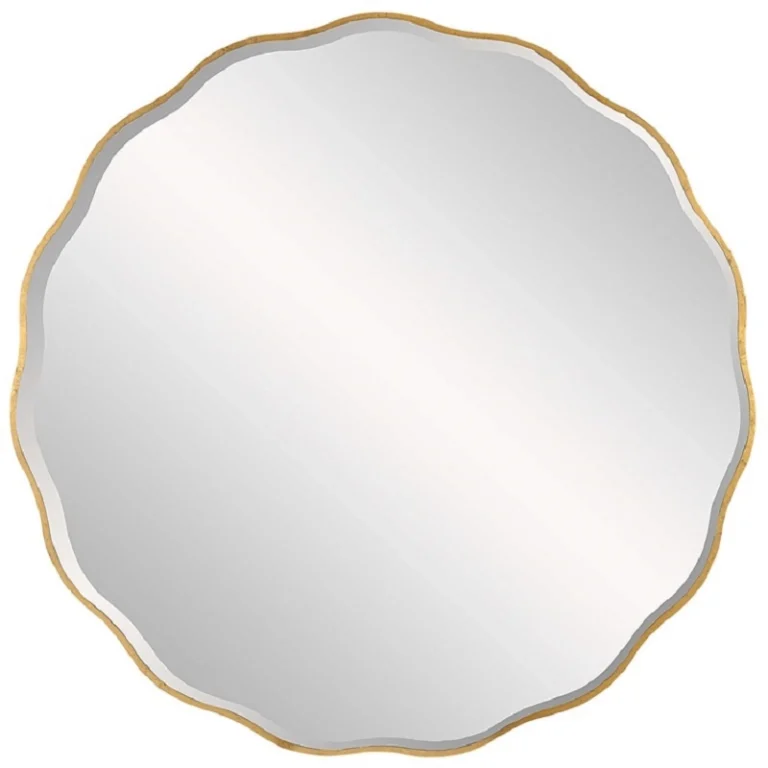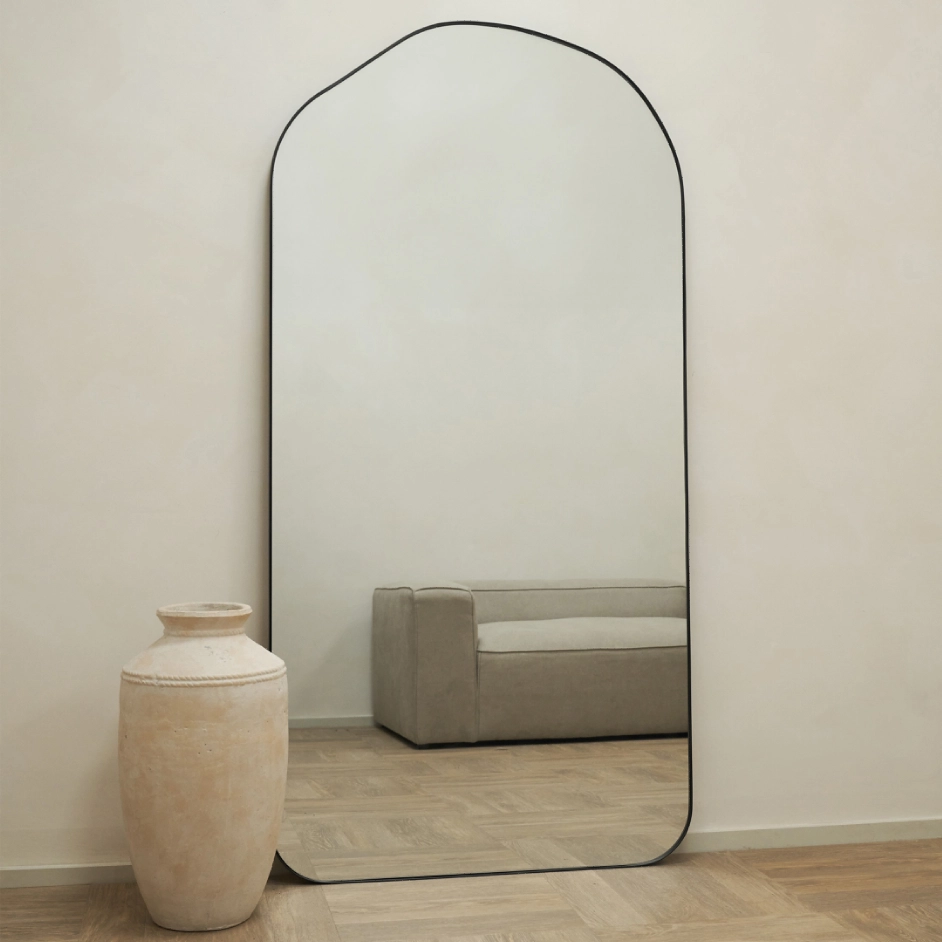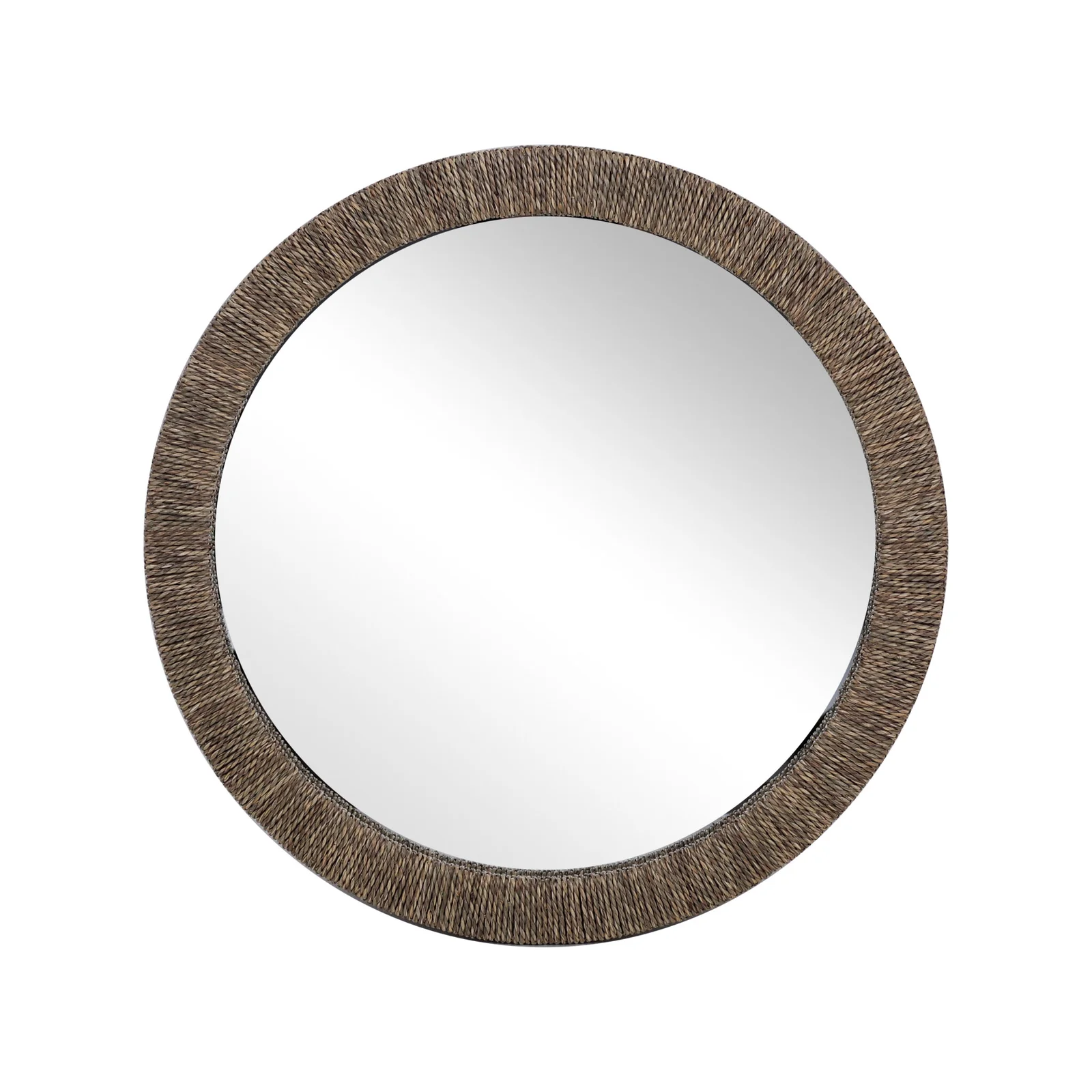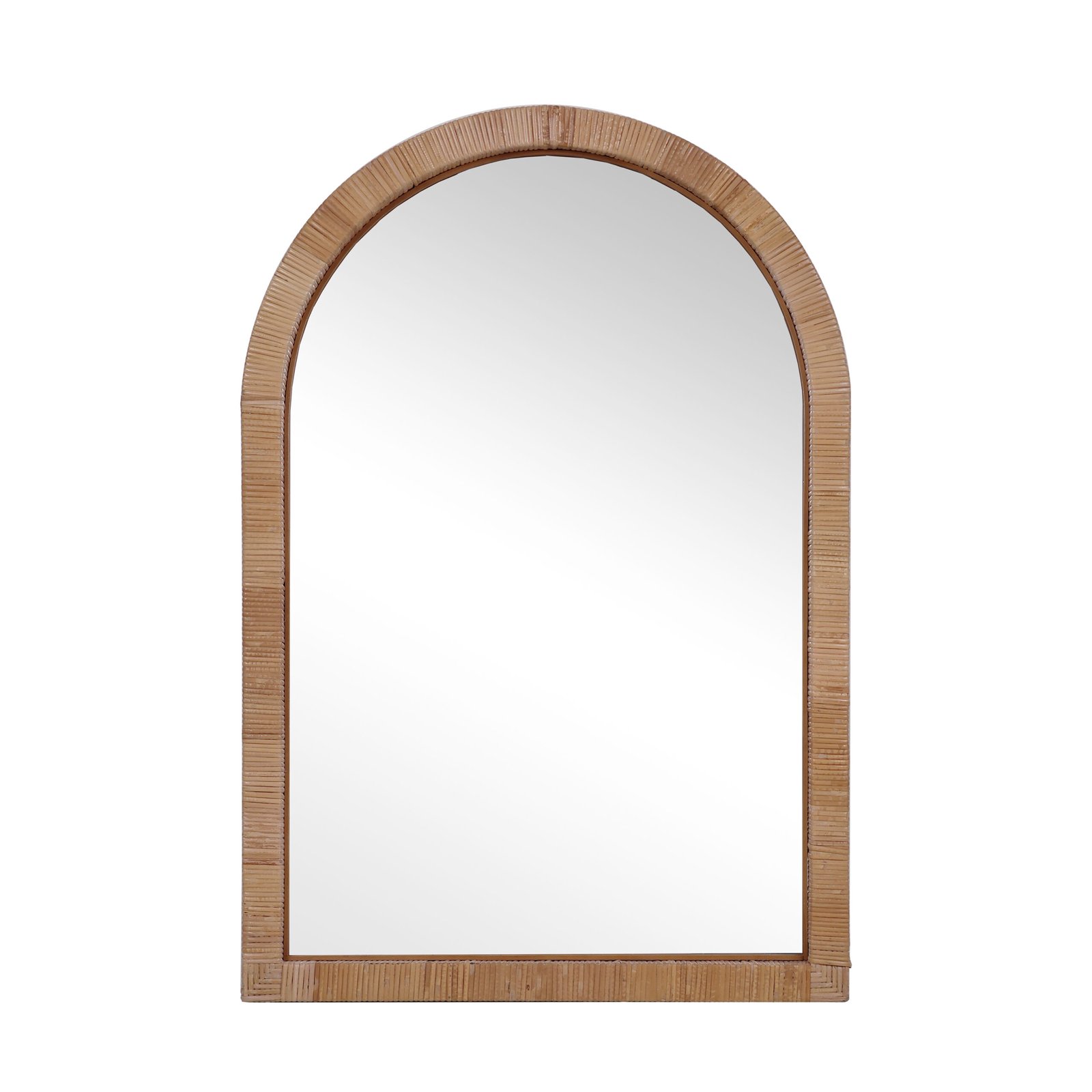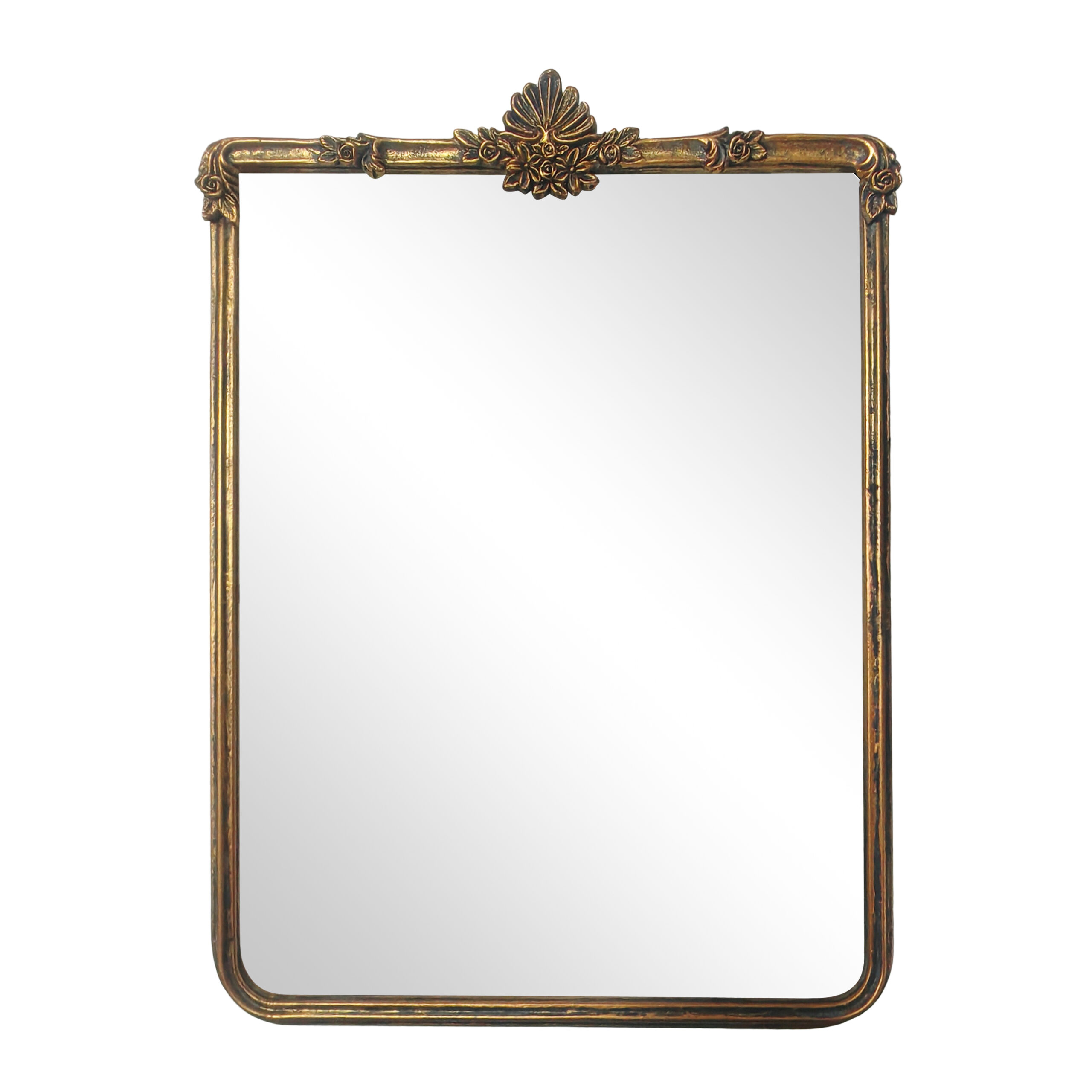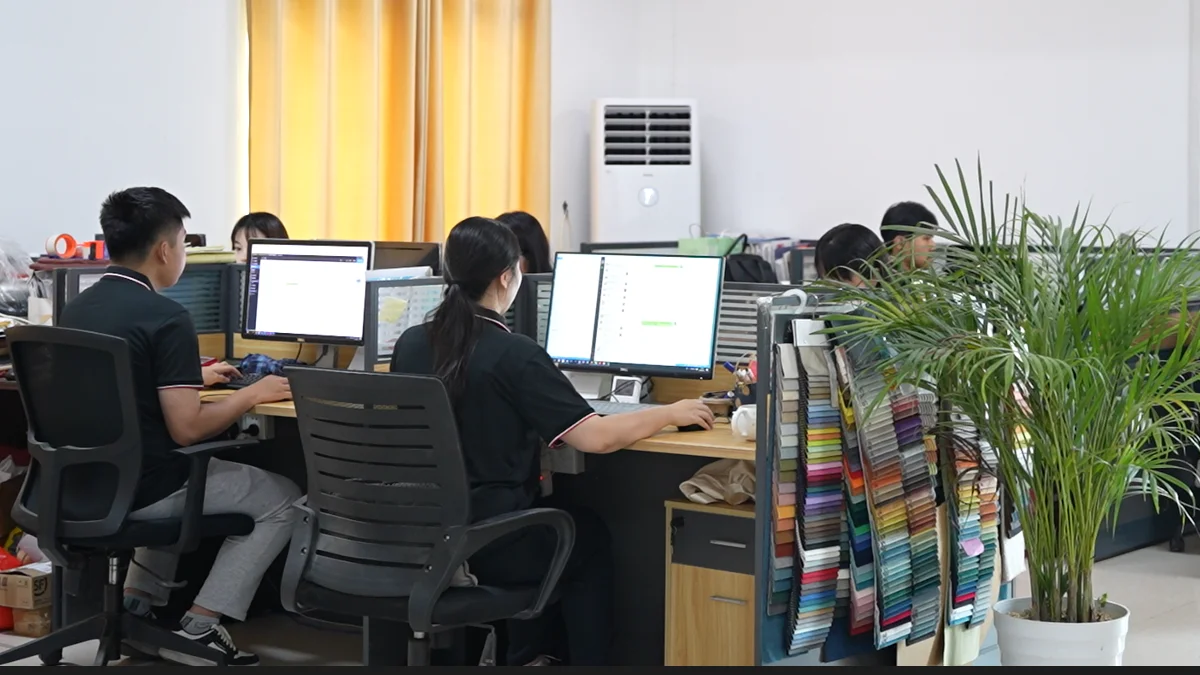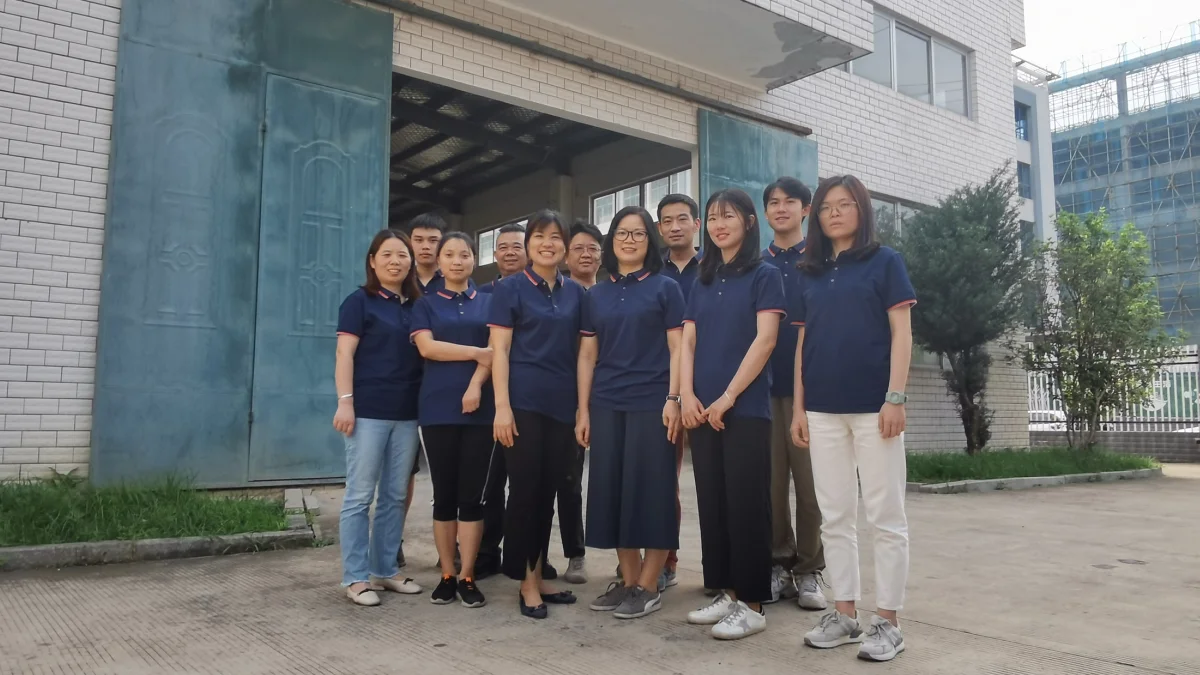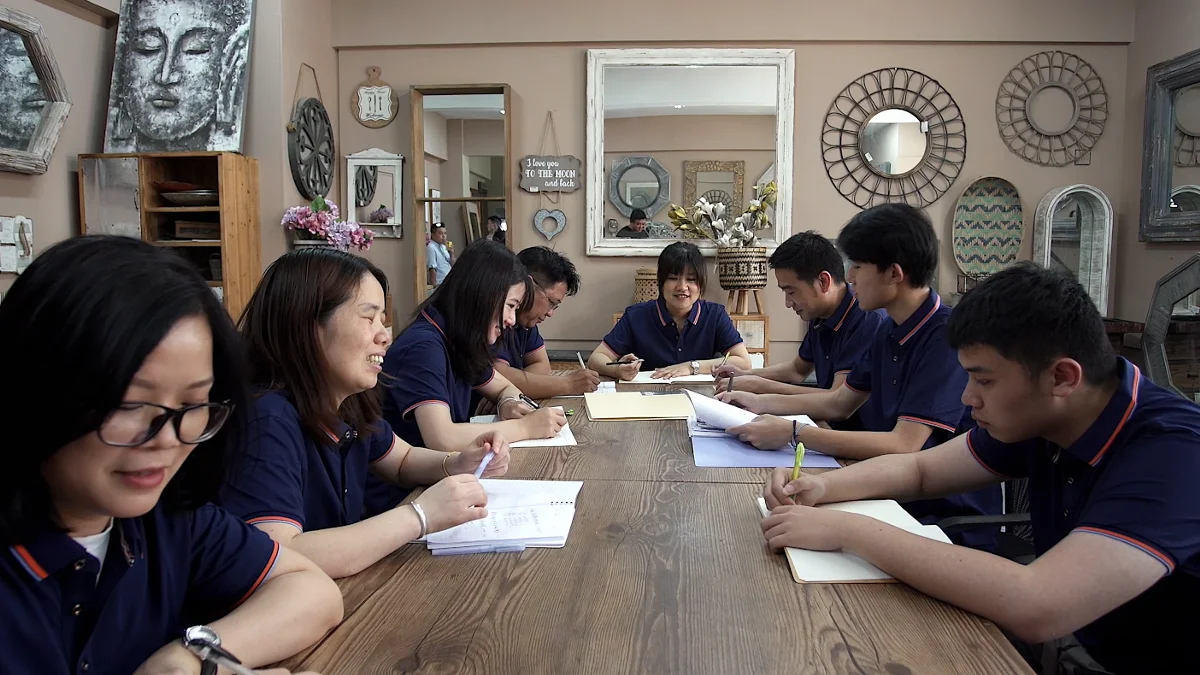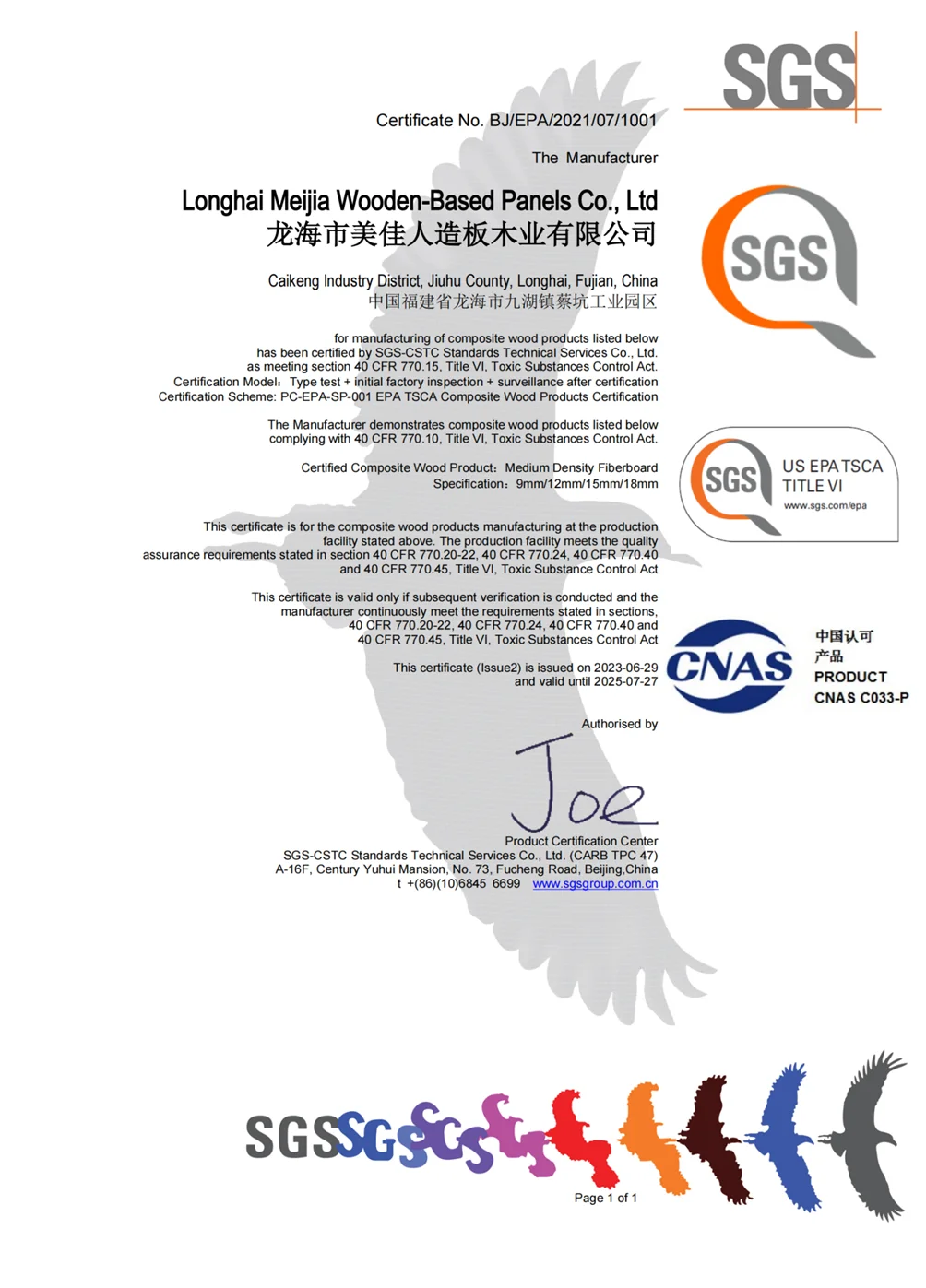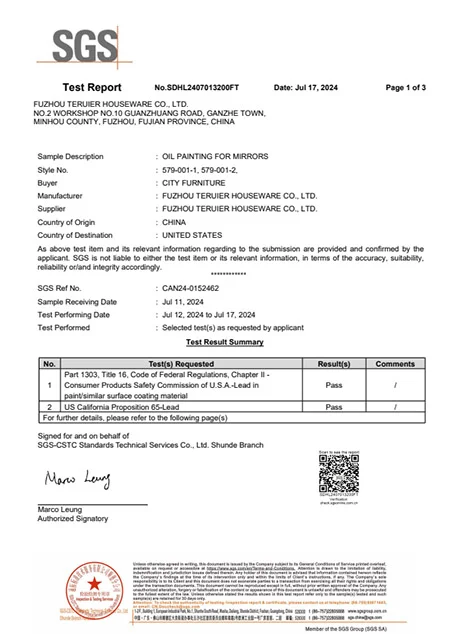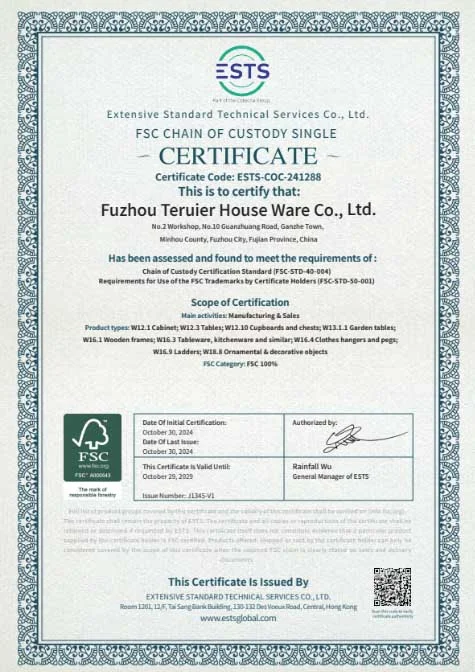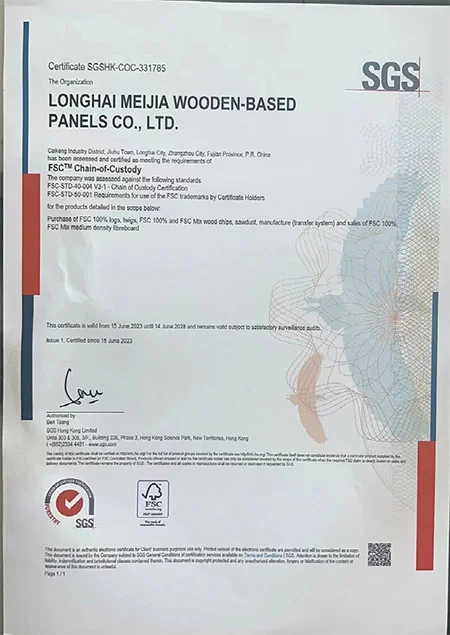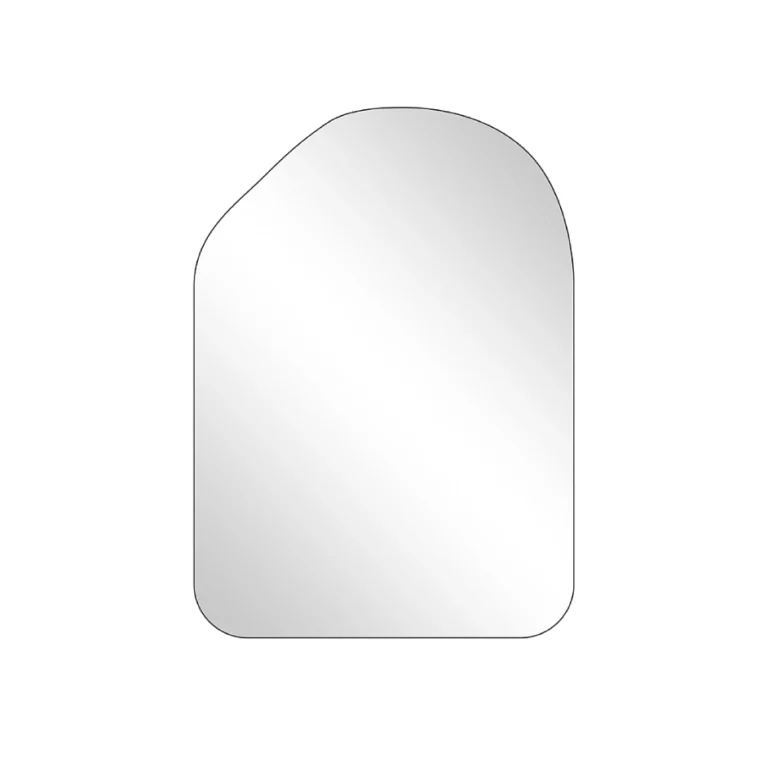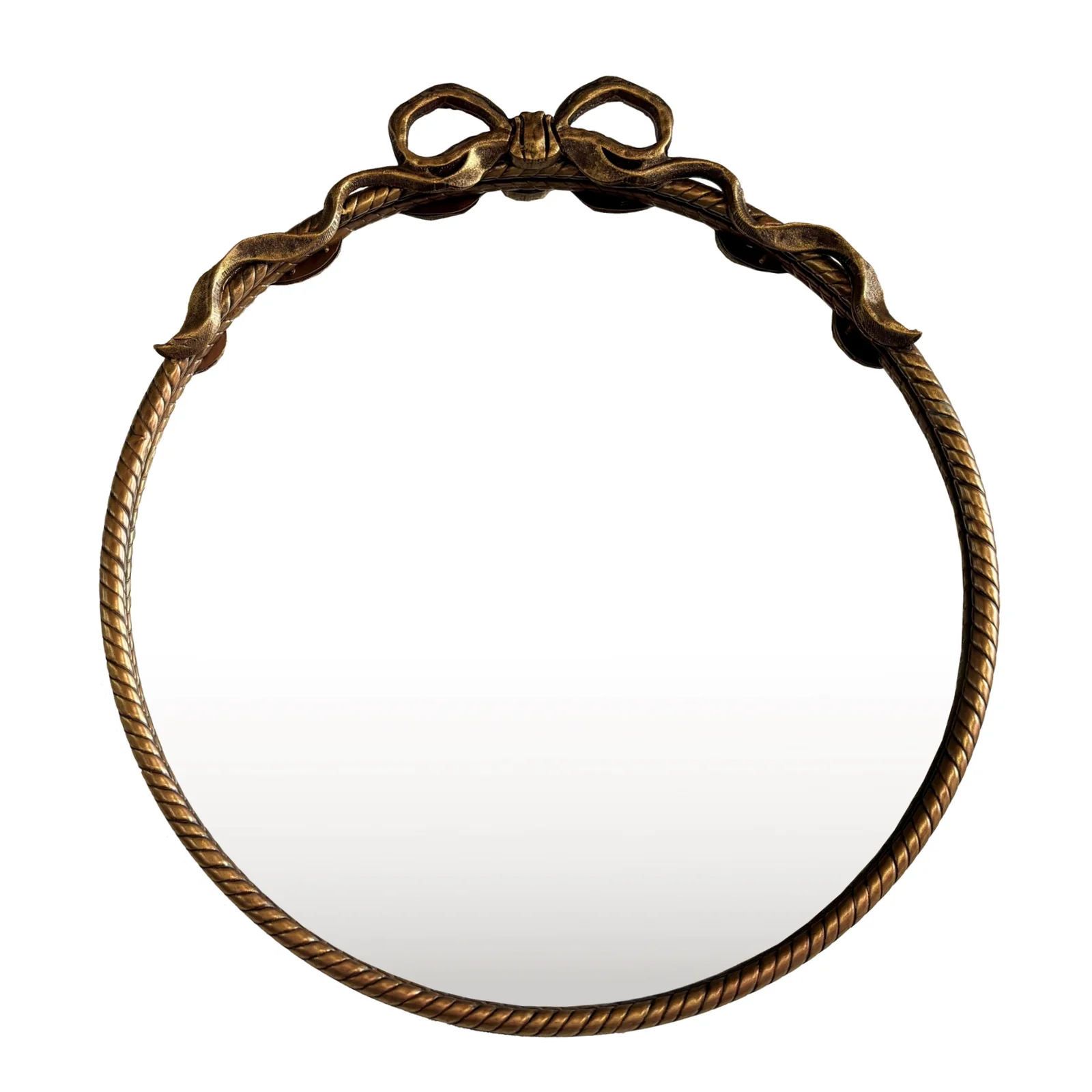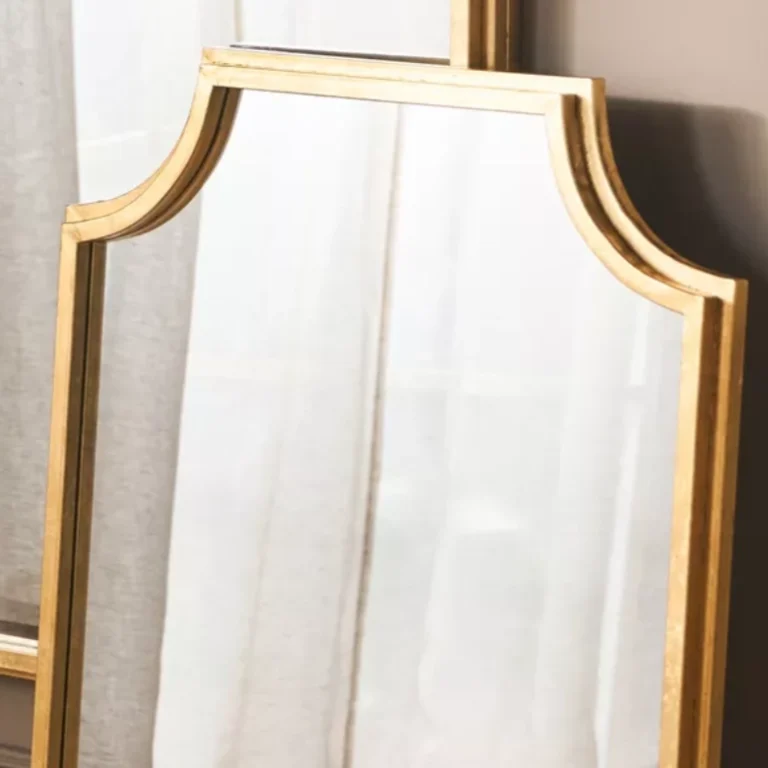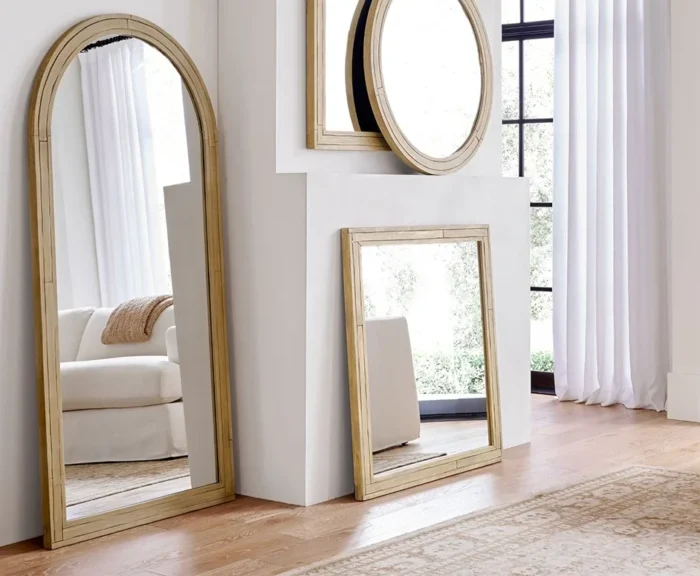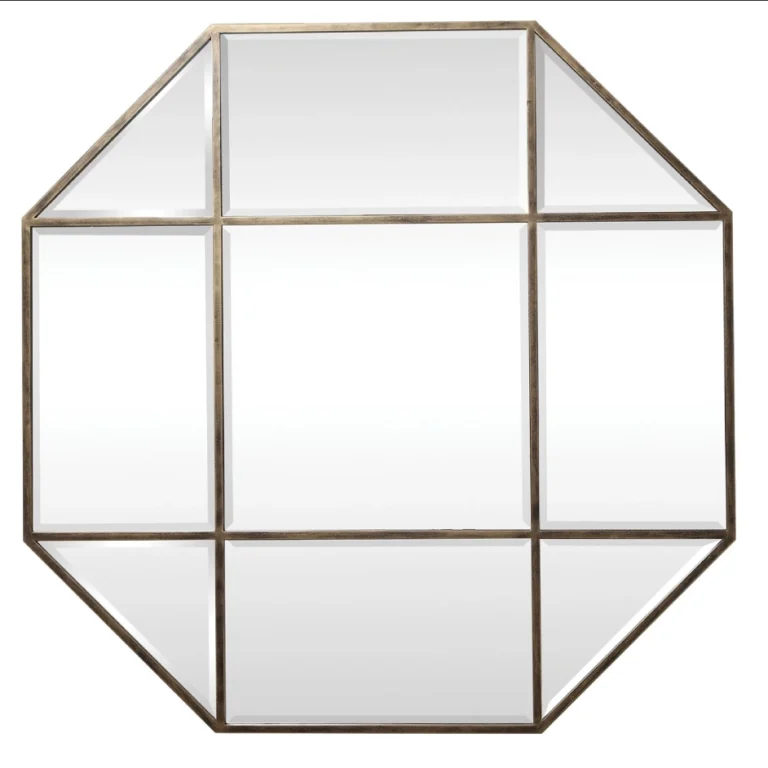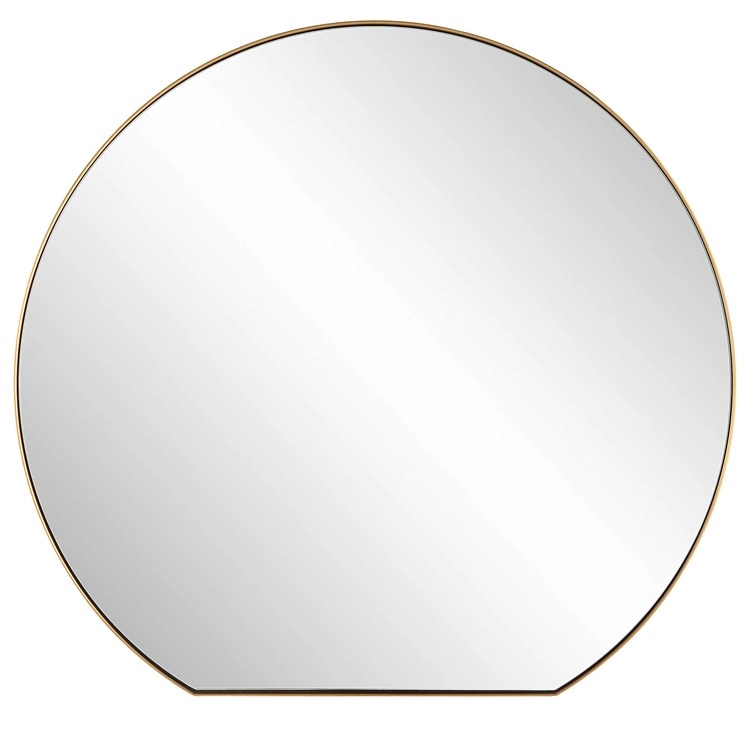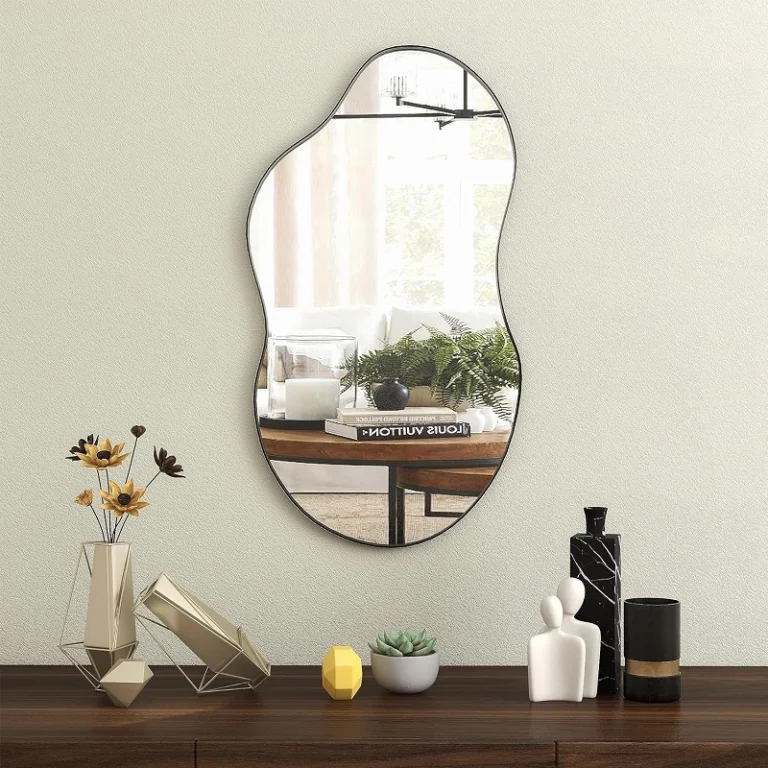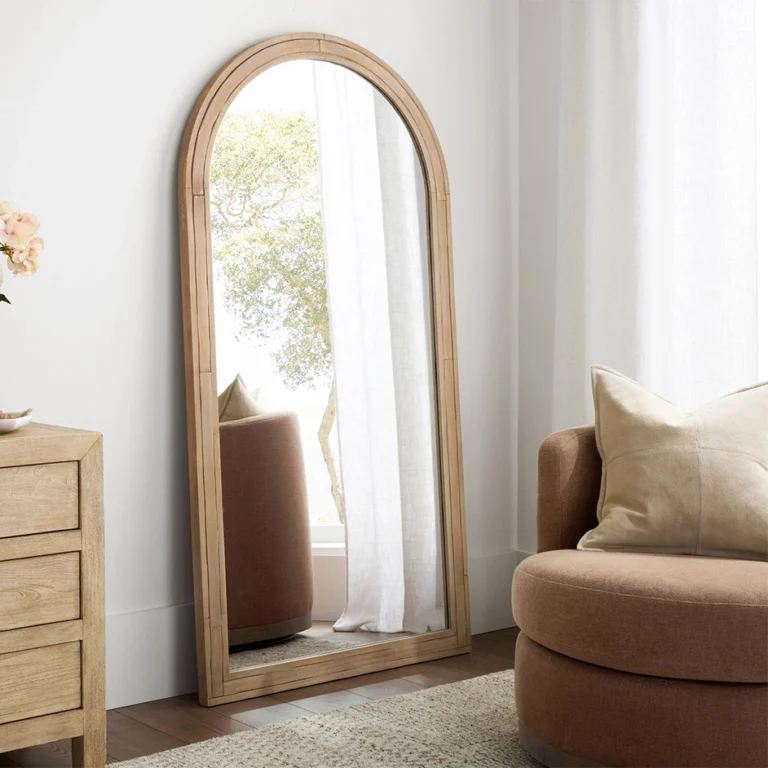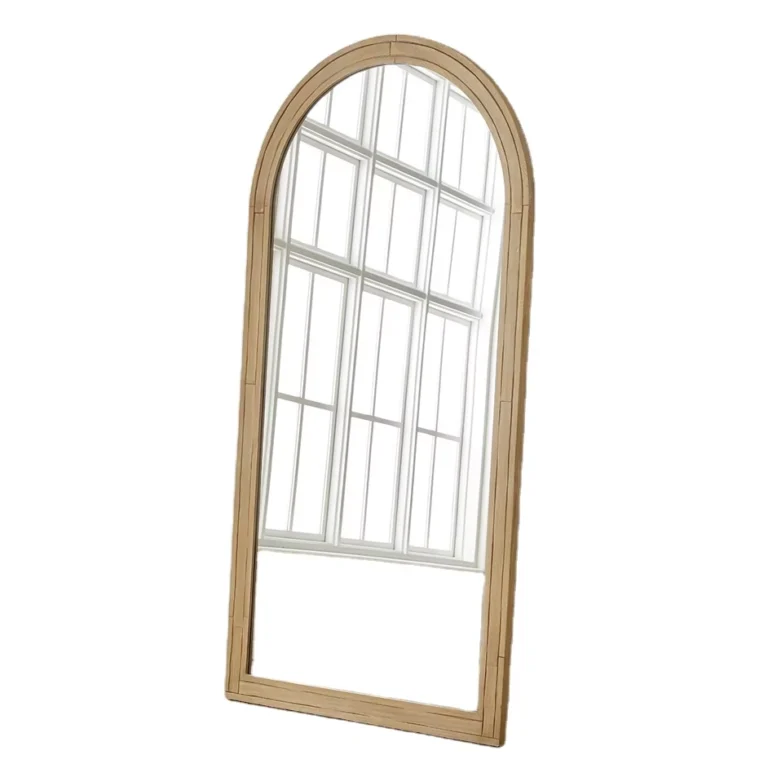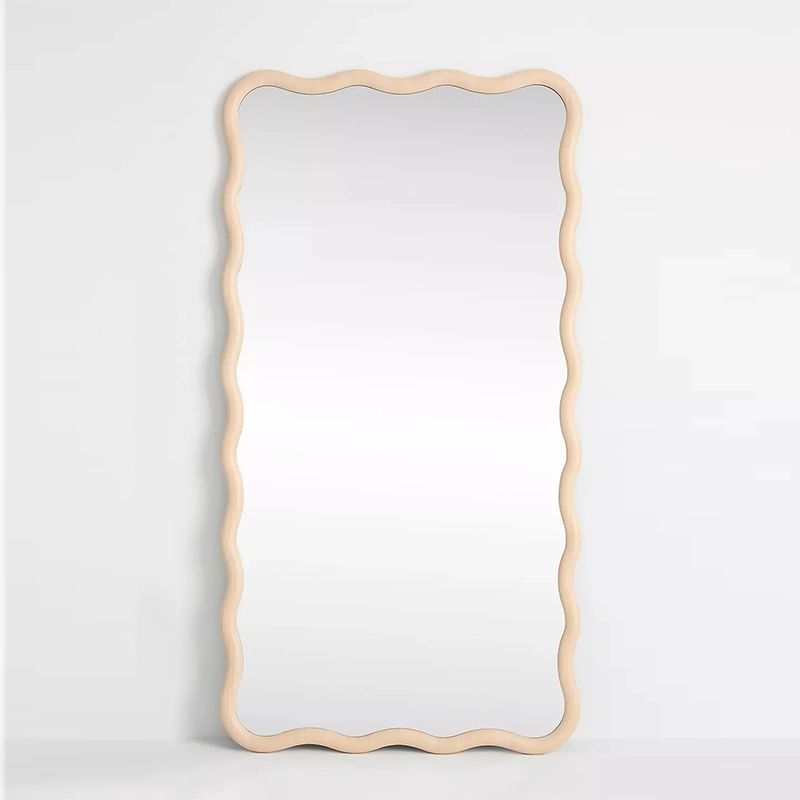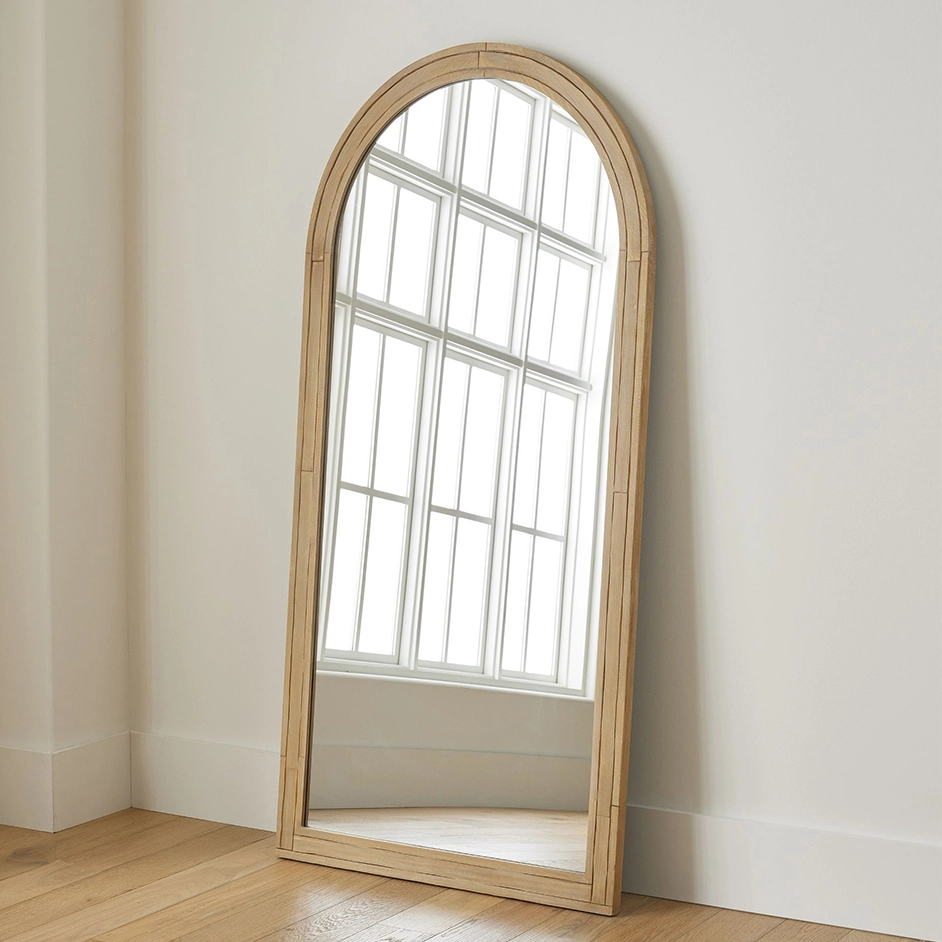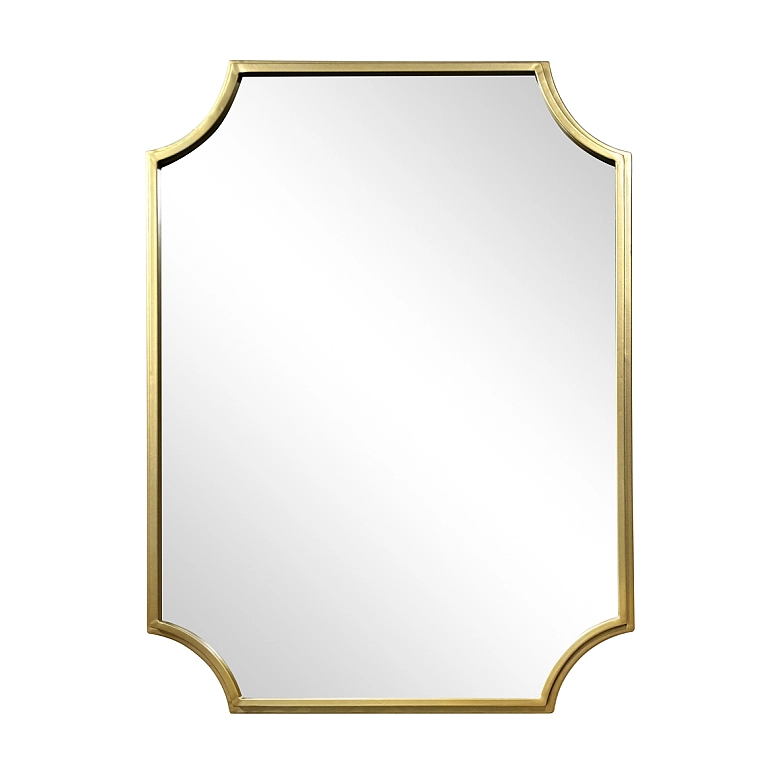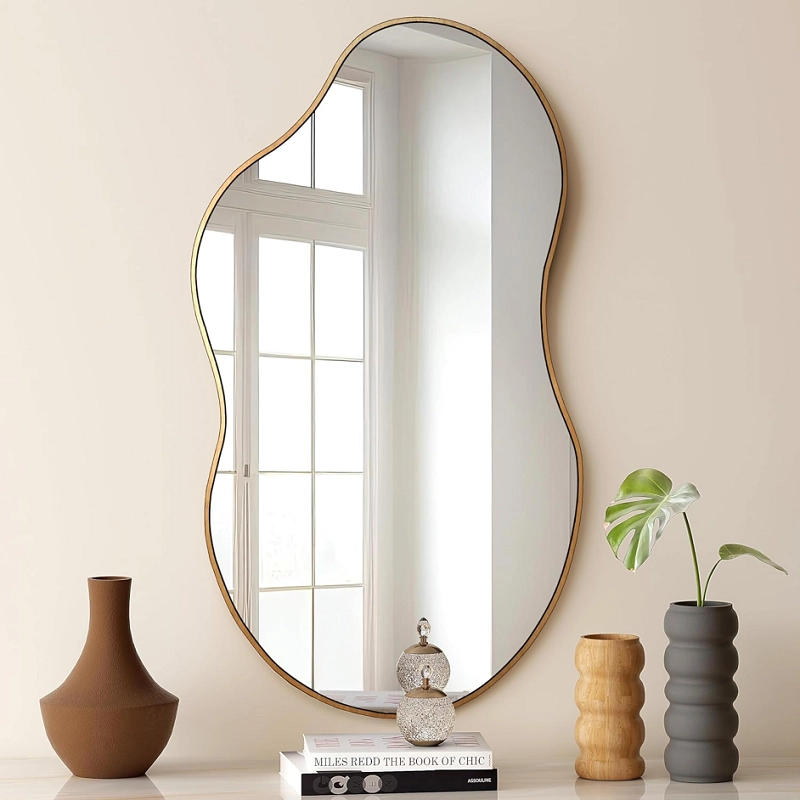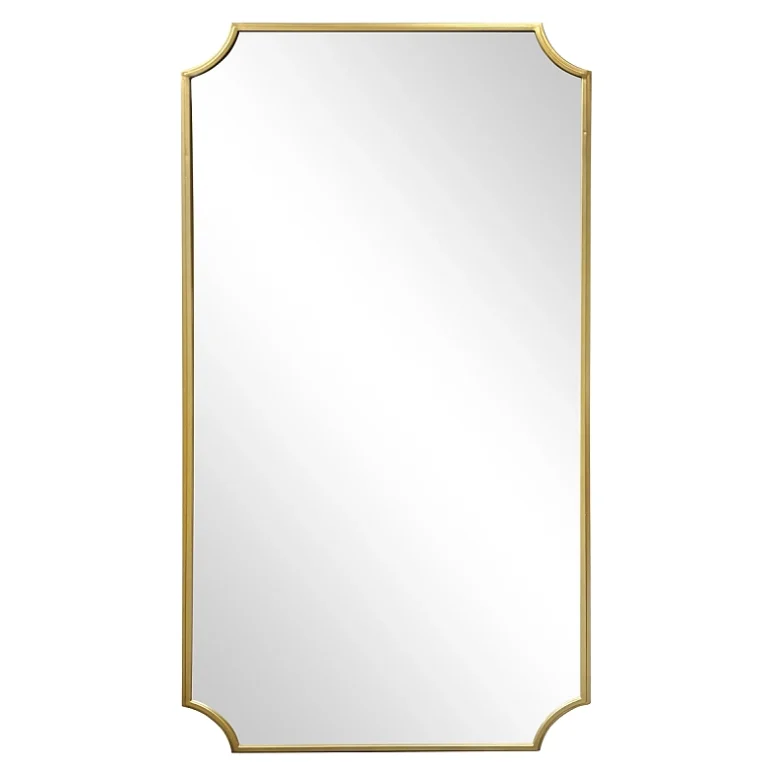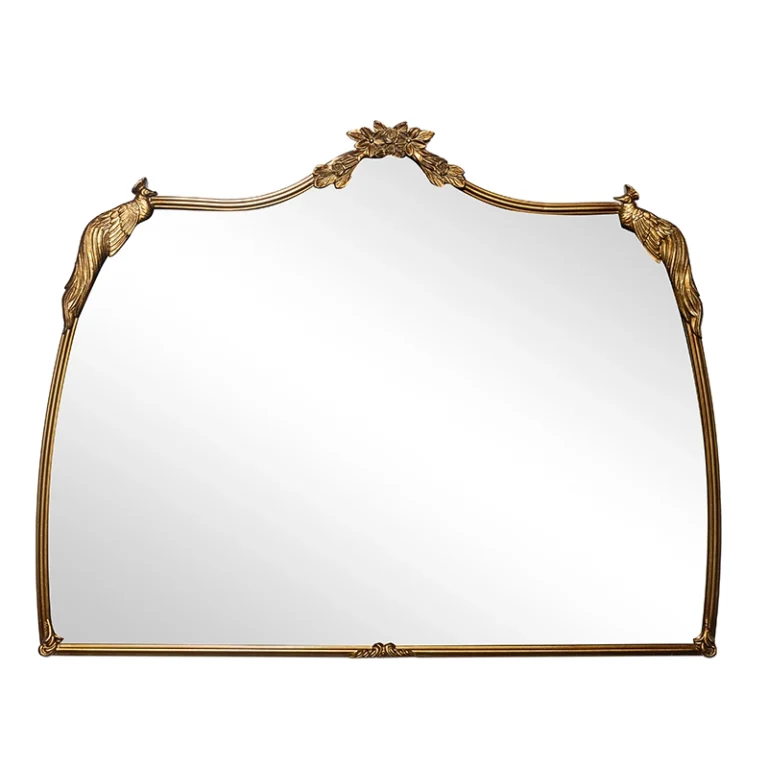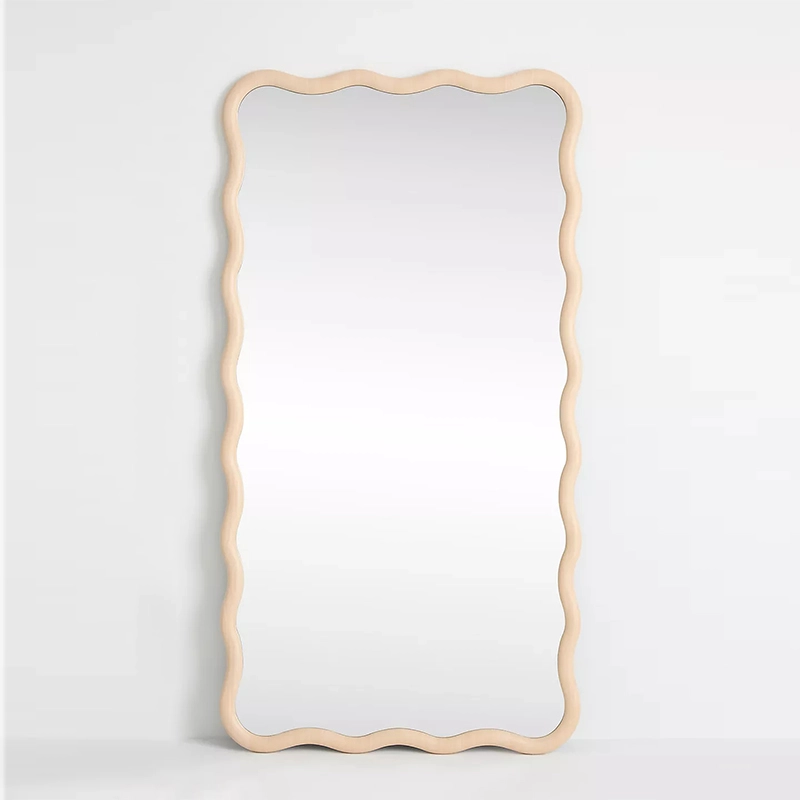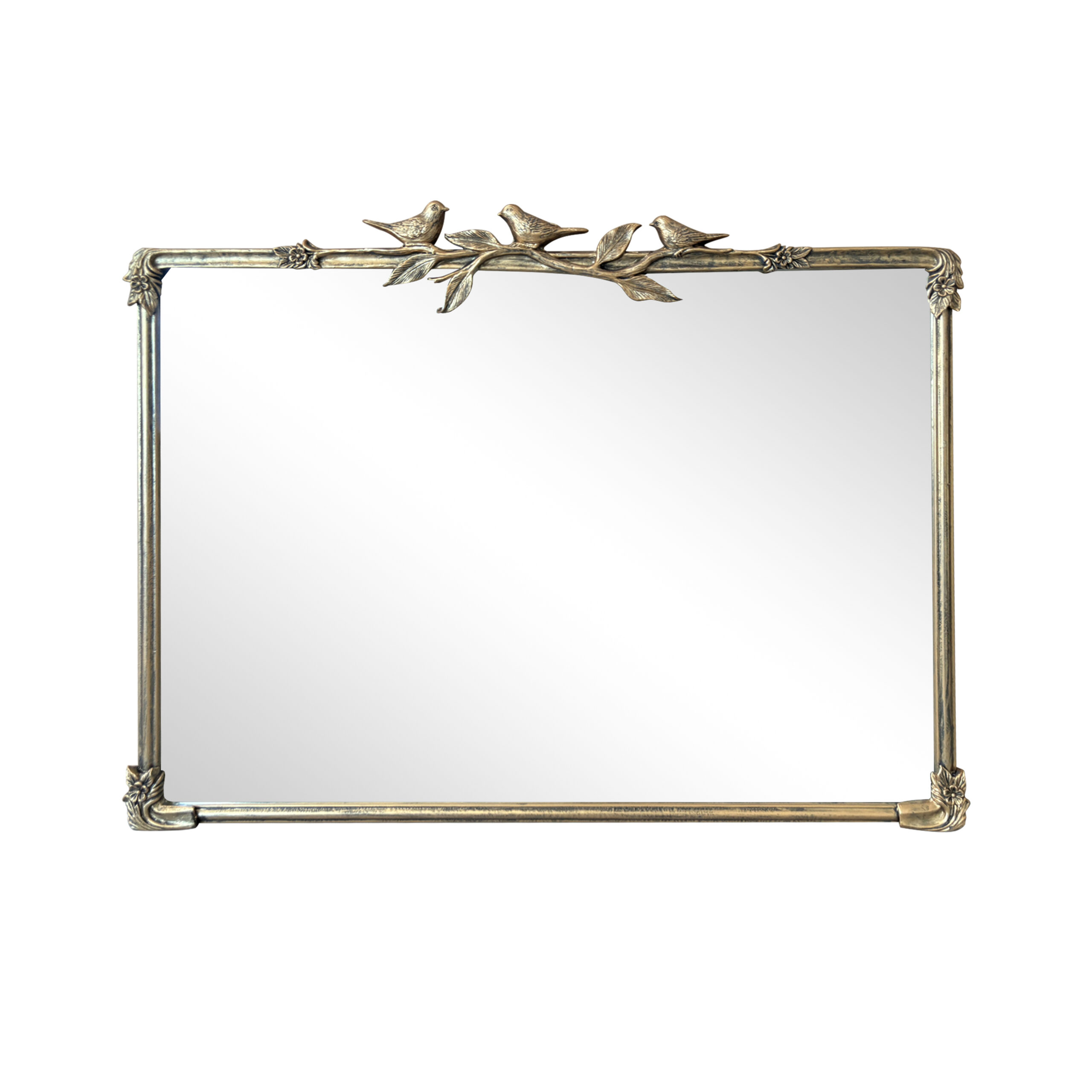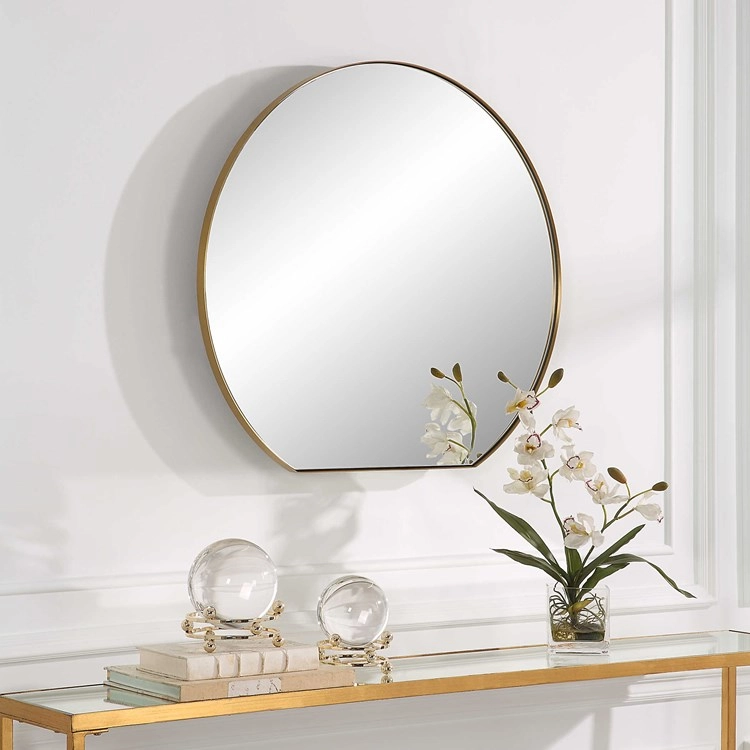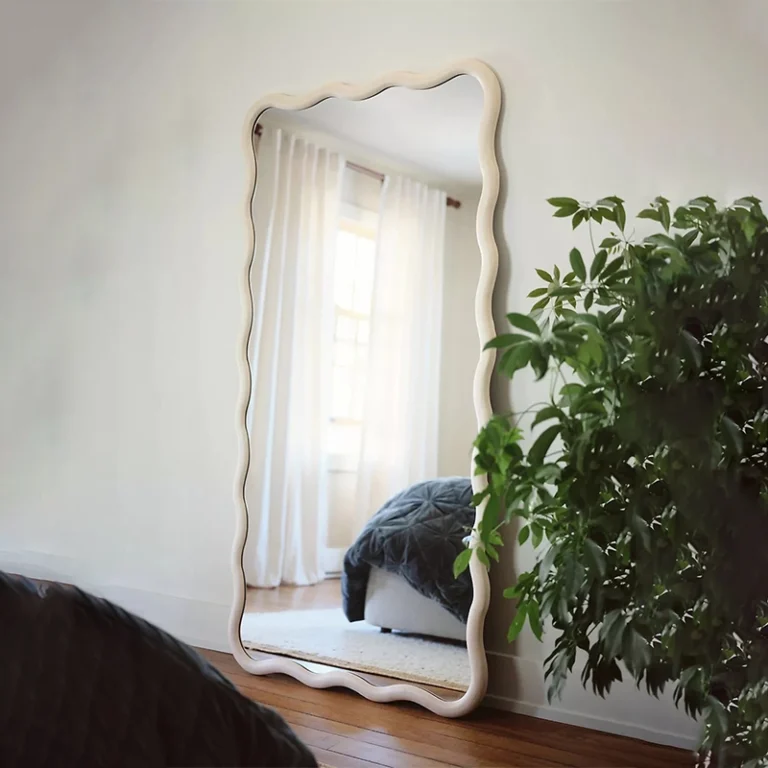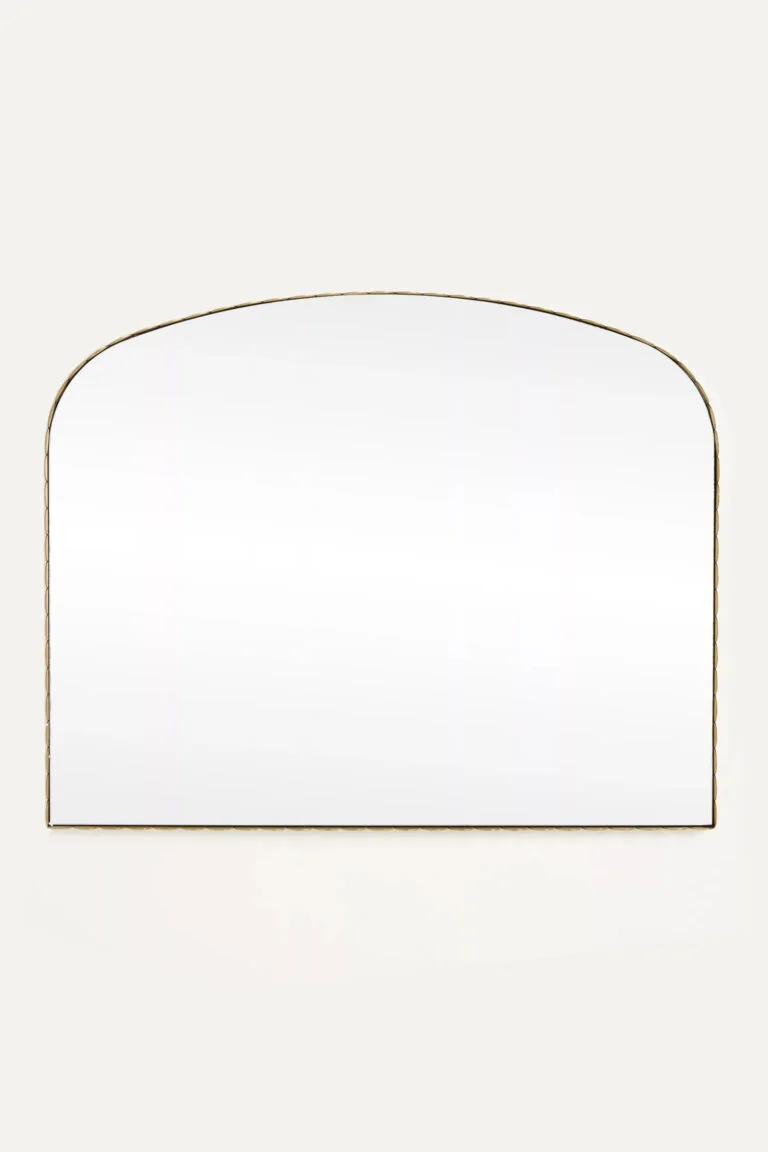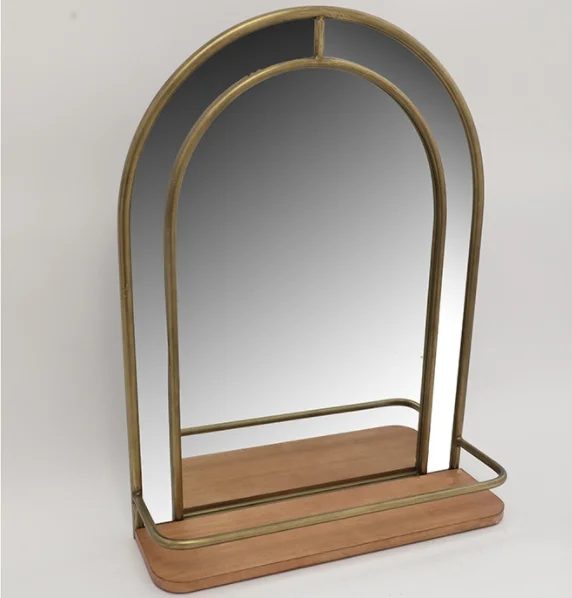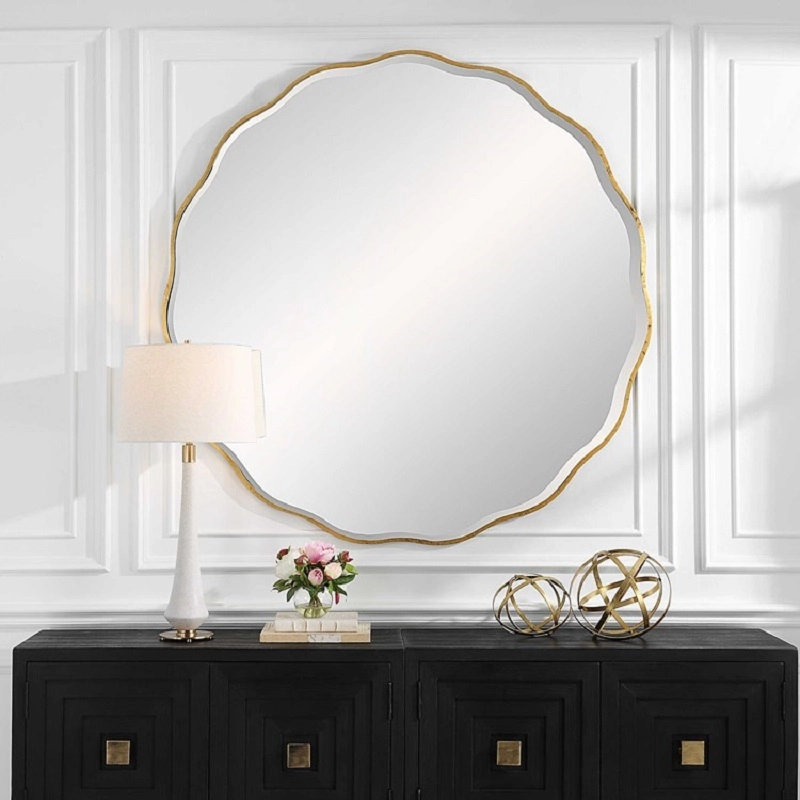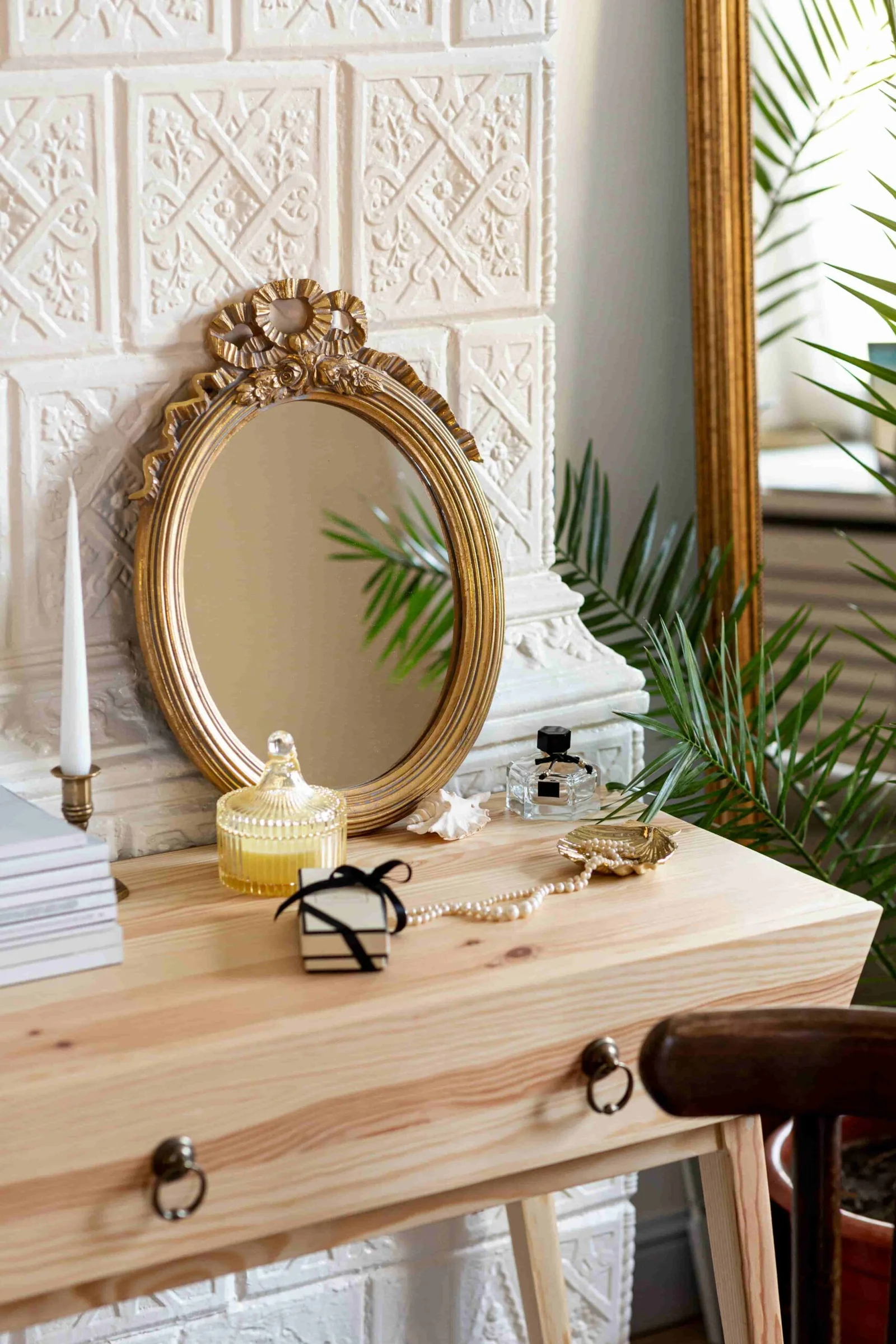West Coast mirror
Of course. “West Coast mirror” is a classic and very specific style of automotive mirror. Here’s a detailed breakdown of what it means, its history, and its modern usage.
What is a West Coast Mirror?
A West Coast mirror is a large, durable, externally mounted rearview mirror designed primarily for large trucks, tow rigs, and commercial vehicles. They are almost always mounted on the driver’s side door or fender, though pairs are also common.
The most defining feature is their two-piece design:
-
Main Head: A large, rectangular mirror head (typically 6″ x 9″ or larger) that provides the primary, wide-angle view.
-
Spotter Mirror: A smaller, convex (fish-eye) mirror mounted below or to the side of the main head. This spotter mirror eliminates the blind spot immediately next to the truck and trailer.
They are mounted on long, heavy-duty arms that position them far away from the vehicle’s body, providing an unobstructed view past the hood and any subsequent trailer.
Key Characteristics & Purpose
-
Size: They are significantly larger than standard passenger car mirrors.
-
Durability: Constructed from heavy-gauge steel, aluminum, or chromed ABS plastic. They are built to withstand vibration and minor impacts.
-
Function: The primary goal is safety and utility. The large main mirror offers a stable, non-distorted view of traffic far behind, while the convex spotter mirror covers the critical blind spot where a car could disappear.
-
Adjustability: They are manually adjustable but are designed to stay firmly in place once set. High-quality versions are often hinged to fold forward or backward if they strike an object, preventing damage.
History and Origin of the Name
The name comes directly from their place of origin and primary use:
-
Geographical: They were developed and became extremely popular on the West Coast of the United States, particularly in states like California, Oregon, and Washington.
-
Industrial Need: This region has a high concentration of logging, shipping, and long-haul trucking industries. Drivers navigating mountainous roads, tight loading docks, and long trailers needed a far superior field of vision than standard mirrors could provide.
-
Brand Association: The brand “West Coast Mirrors” became so dominant and synonymous with the product style that the brand name turned into a generic term, much like “Kleenex” for tissues.
West Coast vs. Other Truck Mirrors
It’s helpful to distinguish them from other common styles:
| Feature | West Coast Mirror | Swing-Lock / Jr. West Coast | OEM Tow Mirrors (e.g., on modern trucks) |
|---|---|---|---|
| Size | Very Large | Medium to Large | Integrated into door design |
| Design | Two-piece (main + convex spotter) | Often a single, large convex mirror | Often two-piece (main + integrated convex) |
| Mounting | External, on long arms | External, on shorter arms | Integrated into the door |
| Adjustment | Manual, often with a hinge to fold | Manual, often swings forward/back | Usually power-operated |
| Primary Use | Heavy-duty trucks, large trailers | Light-duty trucks, older vehicles | Modern pickup trucks |
A “Swing-Lock” or “Jr. West Coast” mirror is a smaller, more streamlined version of the classic West Coast mirror, popular on older pickup trucks and vans.
Modern Usage and Aesthetics
While their primary function is still utility, West Coast mirrors have also become a styling icon.
-
Functionality: They remain one of the most effective and reliable mirror systems for anyone towing large gooseneck trailers, fifth-wheels, or driving dually trucks.
-
Custom Truck Scene: In the world of custom trucks (especially “classic” trucks from the 60s-90s), adding a set of chrome West Coast mirrors is a hugely popular mod. It gives the truck a tough, industrial, “working” look that is highly valued.
-
OEM Options: You can often find them as a factory or dealer-installed option on heavy-duty versions of trucks like the Ford F-Series Super Duty, RAM 3500/4500, and Chevrolet Silverado HD.
In Summary:
A West Coast mirror is a large, functional, externally mounted mirror designed for maximum visibility on large vehicles. Its name comes from its historical use in the trucking industries of the American West Coast. While born from pure necessity, it has endured as both a highly effective safety tool and a beloved aesthetic symbol of classic truck culture.
Generally speaking, our order requirements are as follows: the minimum order quantity (MOQ) for large items is 50 pieces, for regular items it is 100 pieces, for small items it is 500 pieces, and for very small items (such as ceramic decorations) the MOQ is 1,000 pieces. Orders exceeding $100,000 will receive a 5% discount. The delivery timeline is determined based on the specific order quantity and production schedule. Typically, we are able to complete delivery within two months.
